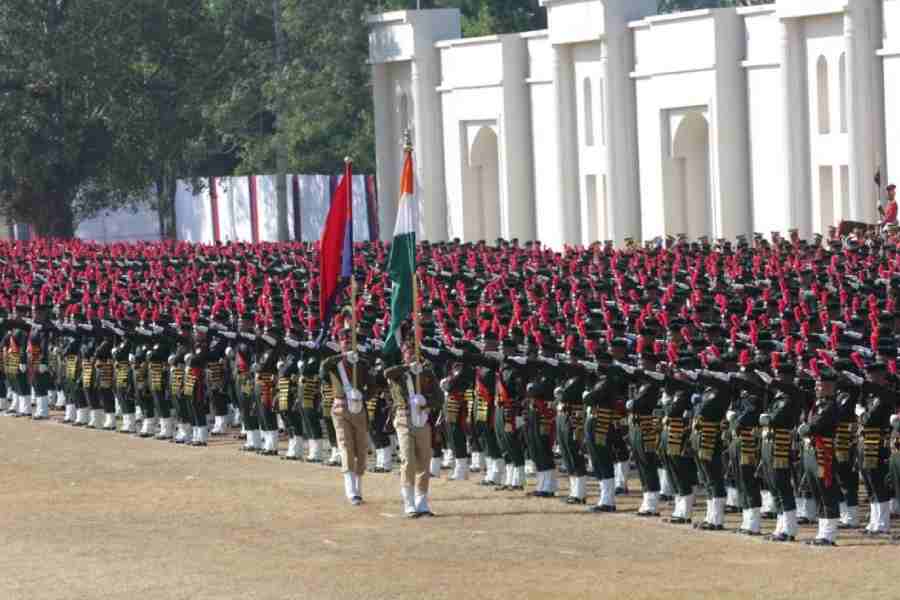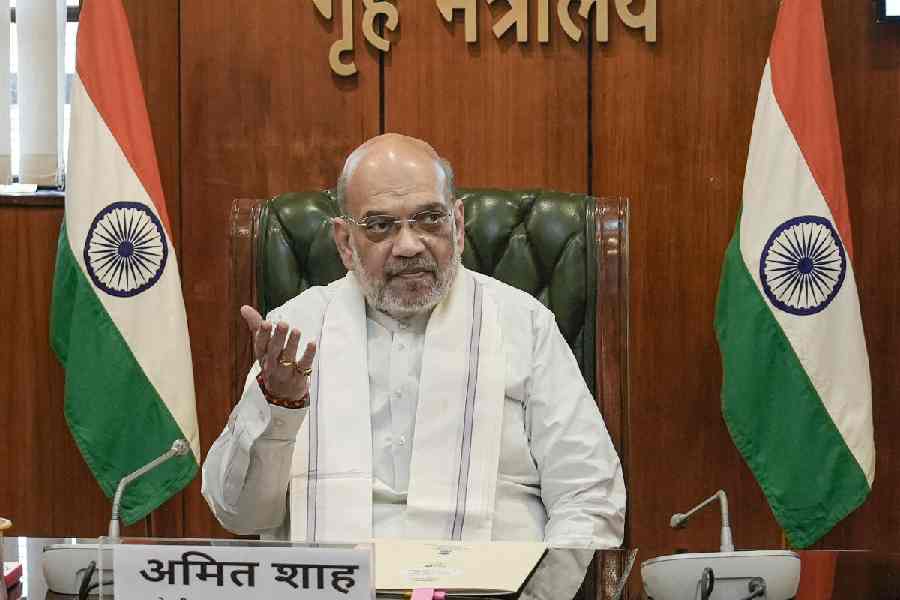An Indian Army source said on Tuesday that “there was a mutual consensus to disengage” and “modalities for disengagement from all friction areas in Eastern Ladakh were discussed” at a meeting between Indian and Chinese corps commanders on Monday.
The source said the modalities “were discussed and will be taken forward by both sides”, suggesting they were yet to be finalised.
China’s foreign ministry also struck a positive note, referring to an agreement to take steps to “cool down the situation”.
The reference to “friction areas” and the hint that more talks are needed to finalise the modalities of disengagement stood out in contrast with Prime Minister Narendra Modi’s assertion on Friday that there was no intrusion (after June 15, the PMO clarified later) and no Indian post had been occupied by someone else.
If it is business as usual on the frontline, it is not clear why the corps commanders had to hold talks for more than 10 hours and why more dialogue is needed.
A military veteran told The Telegraph on Tuesday: “So, we want the Chinese to disengage and vacate the land they never transgressed. Is the Prime Minister not properly briefed or did someone obfuscate the truth?”
Amid speculation that Monday’s talks were inconclusive, the Indian Army reserved formal comment but an army source circulated a message in the afternoon among reporters who cover defence affairs.
The army source’s message said: “The Corps Commander level talks between India and China on 22 June 2020 were held at Moldo (on the Chinese side) in a cordial, positive and constructive atmosphere. There was a mutual consensus to disengage. Modalities for disengagement from all friction areas in Eastern Ladakh were discussed and will be taken forward by both the sides.”
Consensus to disengage had been reached on June 6, too, but it had been breached during the violent face-off that ended in bloodshed on June 15 in the Galwan Valley.
As is its trademark, the Chinese foreign policy establishment was less definite in its public pronouncements on Tuesday although it chose to comment on record on the over-10-hour meeting between Lt Gen. Harinder Singh, the commander of the 14 Corps, and Maj Gen. Liu Lin, the commander of the Tibet Military District, on Monday.
“This meeting showed that the two sides wish to control and alleviate the situation through dialogue and consultation. During the meeting and based on the consensus reached at the first commanders level meeting (on June 6), the two sides had a candid and in-depth exchange of views on the outstanding issues and agreed to take necessary measures to cool down the situation,” PTI quoted Chinese foreign ministry spokesman Zhao Lijian as saying in Beijing.
Asked whether he can confirm the Indian Army source’s account that the two sides have agreed to disengage the troops, Zhao said: “The specific measures are under discussion by the border troops of the two sides on the ground, I have no further information to release on this.”
Asked about the Chinese casualties, he said: “As for what you saw in the media, for example some people alleged that casualties on the Chinese amounted to 40. I can tell you for sure this is false information.” An initial report had said Zhao had used the phrase “fake news”, which was replaced by “false information”.
At night, an Indian defence ministry spokesperson said defence minister Rajnath Singh would not meet his Chinese counterpart in Moscow, even though they would take part in the celebration of the 75th anniversary of the Victory Day Parade in the Russian capital on Wednesday.
The Global Times, the mouthpiece of the communist party of China, had tweeted a report suggesting the two could meet.











